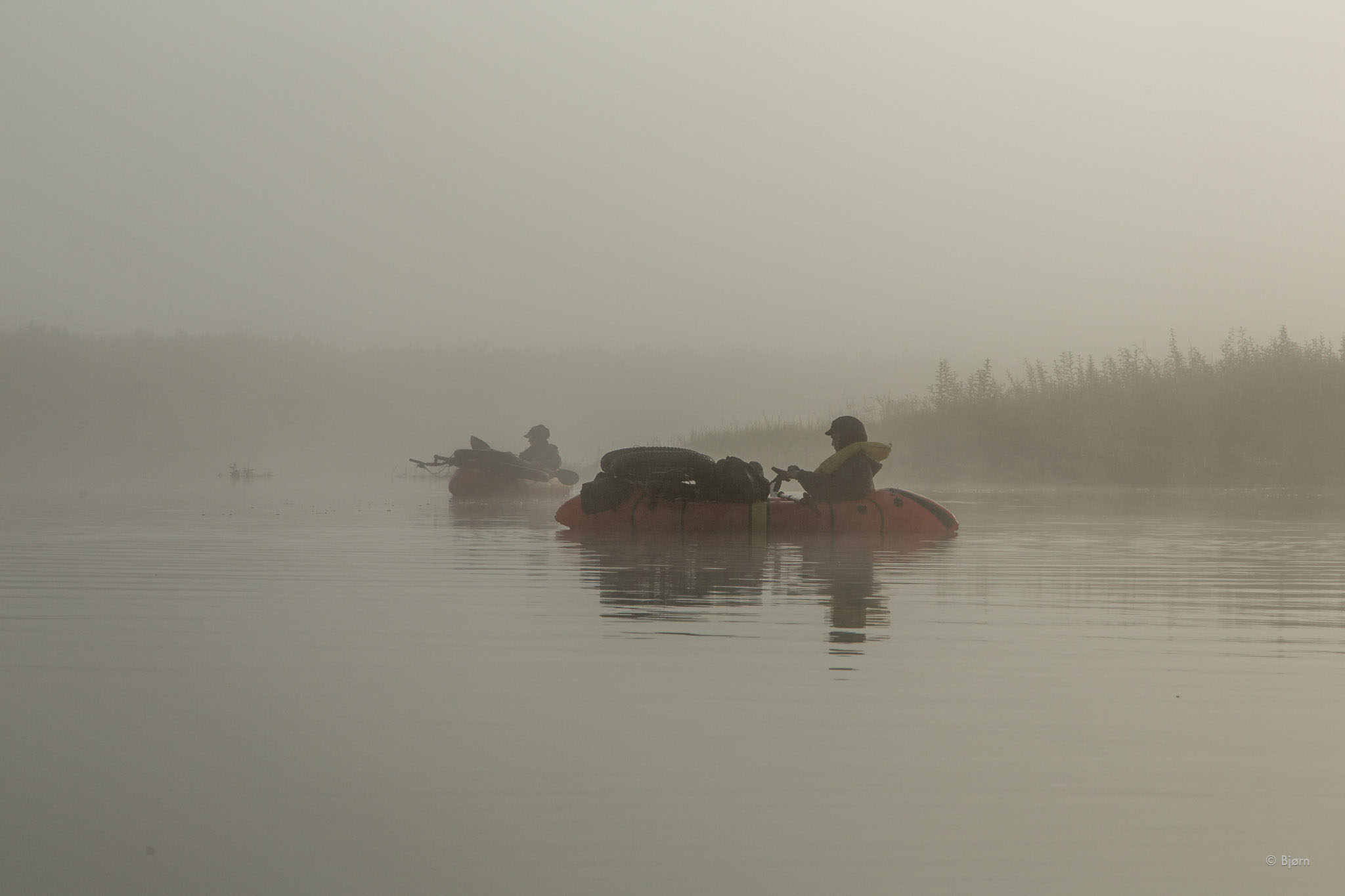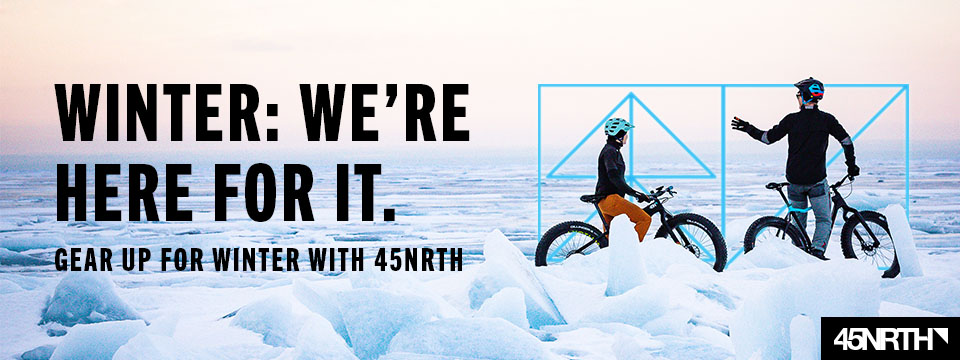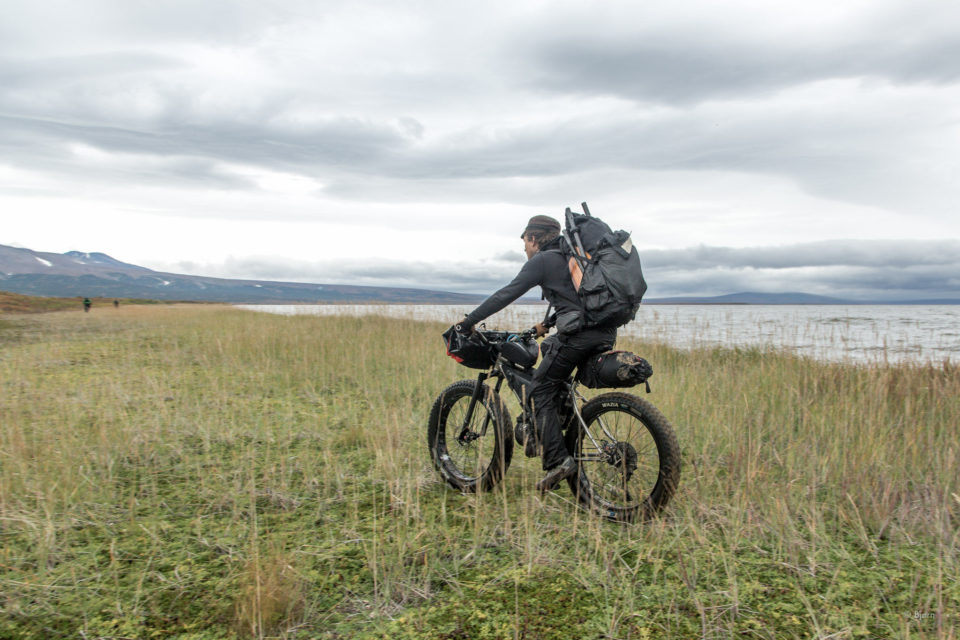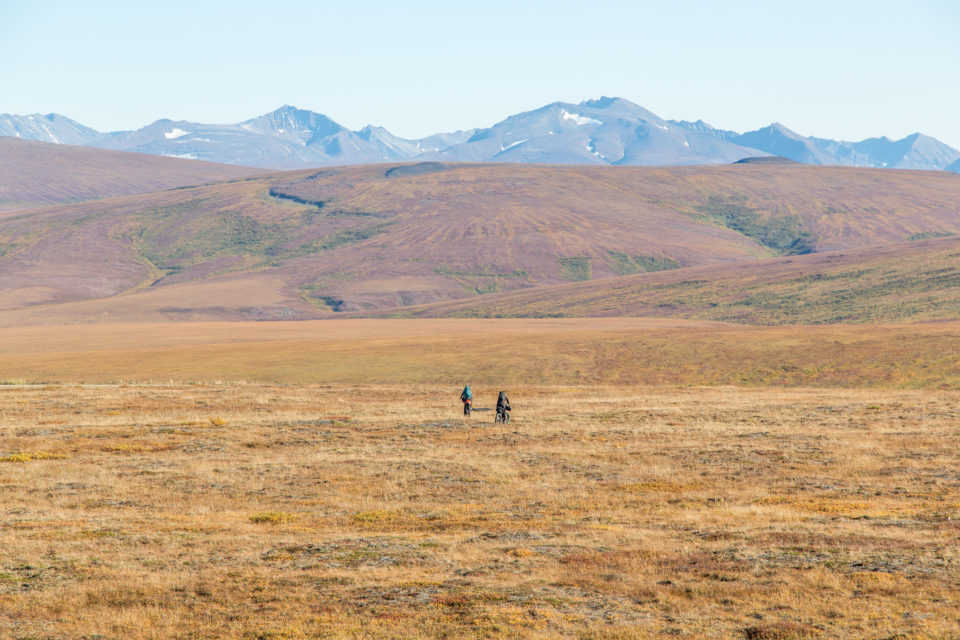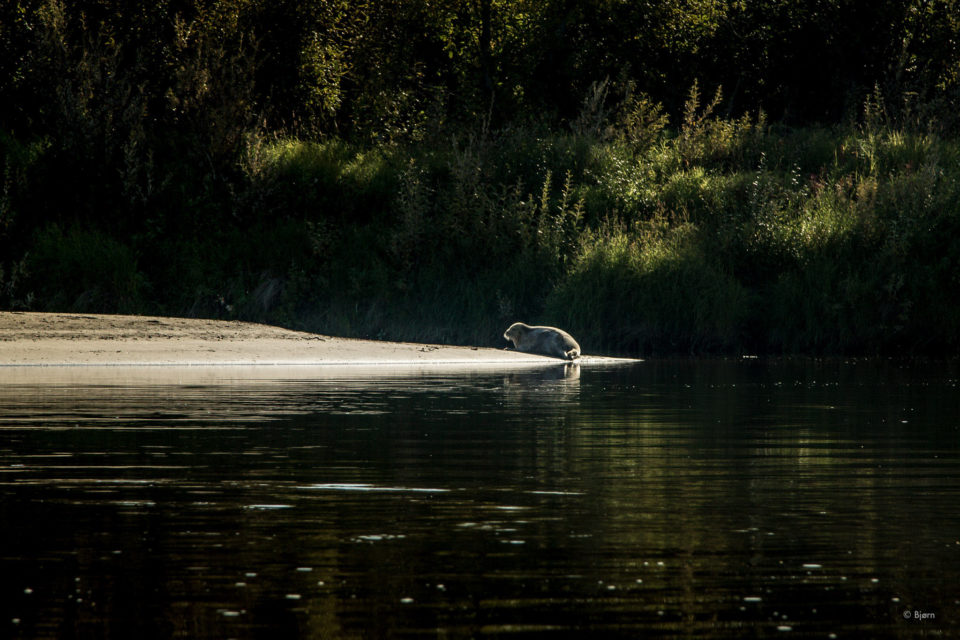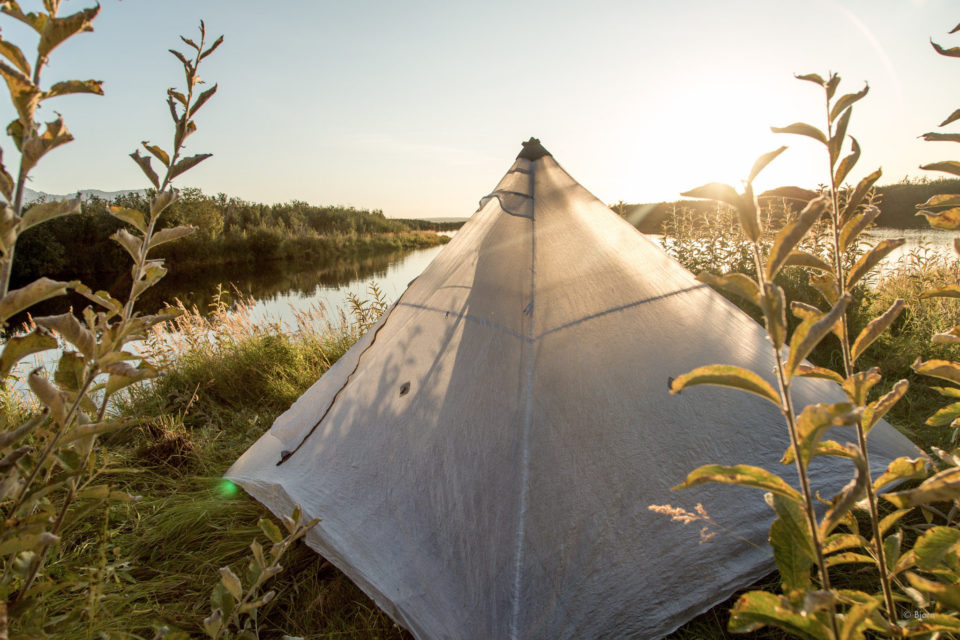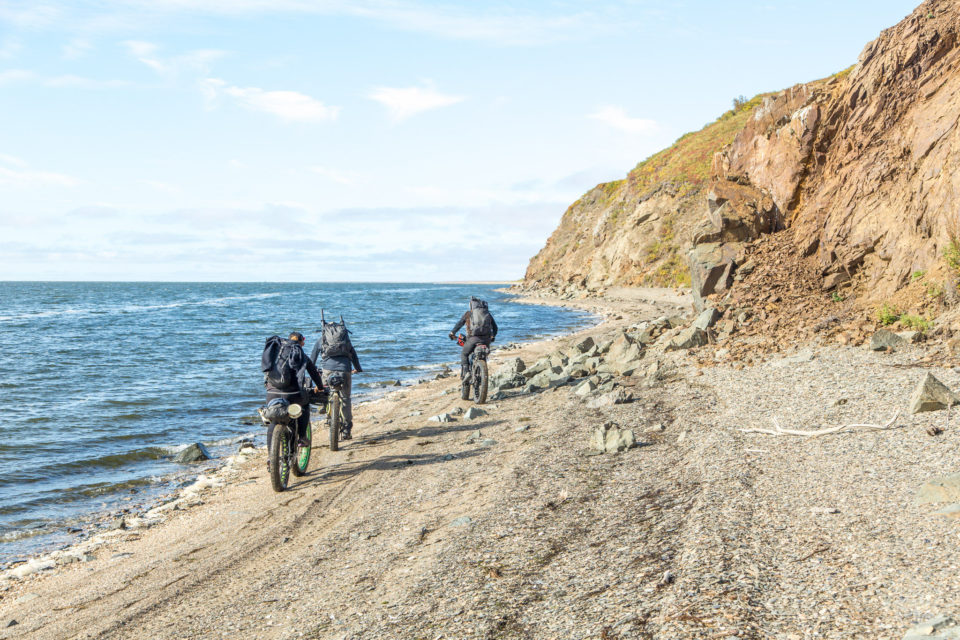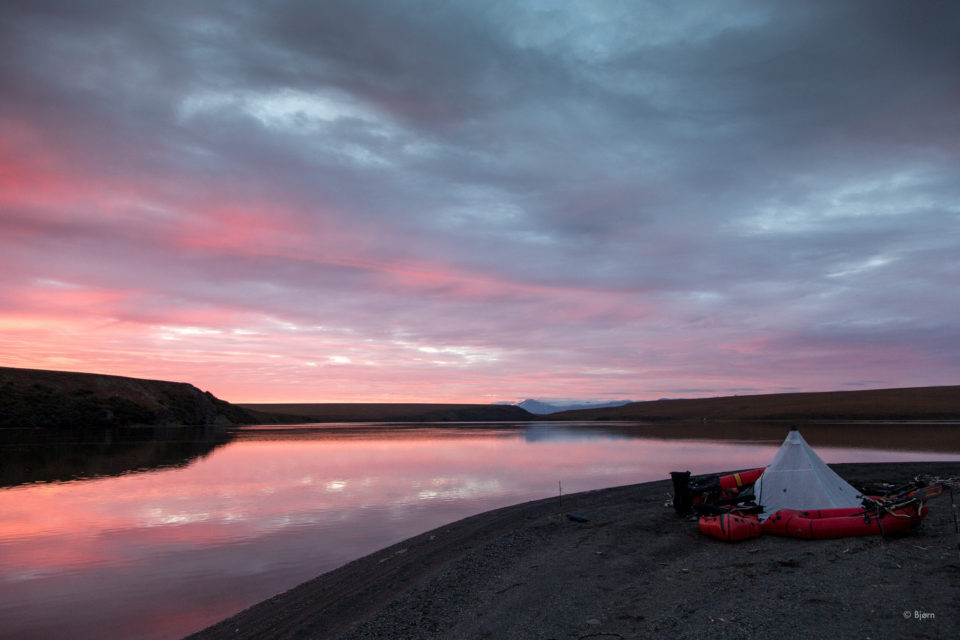Iglaak (film)
Iglaak, Bjørn Olson’s latest short film, follows four riders on a bikerafting trip around Alaska’s Seward Peninsula. Watch the film here, see a gallery of photos, and read a short interview with the filmmaker about the trip.
PUBLISHED Jul 8, 2019
Alaska’s Seward Peninsula lies just below the Arctic Circle. The protuberant peninsula is the millennia old home to the Inupiat Eskimo, situated in the northwest of Alaska – a land that stirs the adventurer’s spirit and kindles the insatiable. Visions of paleo-Arctic ancestors, sweeping tundra, rugged mountains, winding rivers, compacted beaches, intact ecosystems, and a land before contemporary time excite the Iglaak – the traveler, stranger, and visitor.
This three-minute film is a snapshot of a fatbike and packraft tour through the Imuruk Basin, and the villages of Mary’s Igloo, Brevig Mission, Teller, and Nome. Watch it below, then scroll down for photos from the trip and a short Q and A (questions from Logan Watts).
Have you explored the Seward Peninsula before? What drew you to this zone?
Yes, I have done several trips on the Seward Peninsula before this trip both in summer and winter. This is one of my favorite regions of Alaska and the logistics are made pretty easy because Alaska Air services Nome, typically twice a day.
Climate change is especially palpable in much of Alaska. How has it affected this region?
There are several distinct ways that climate change is affecting this region of Alaska. One of the big ones that we experienced is the brusification of the tundra. Brush, like willows and alder, are filling in what has been tundra, alarmingly fast. This is making travel for locals and adventurers alike more challenging and it is bad for the region’s caribou and reindeer. One of the villages we visited was Teller, which is one of the 31 recognized Alaskan villages facing imminent relocation. There are typically two main reasons why these communities will have to soon be abandoned: the permafrost that they sit atop of is melting and sea ice doesn’t form until much later or, if ever, anymore. Fall and winter storms used to blow on frozen sea ice but now that the powerful storms are occurring on open water shoreline erosion is occurring at breakneck speed. In the film, there is a quick shot of Joe Garnie. Joe is an Inupiat dog musher that grew up in Teller and has run the Iditarod many times. We spent an afternoon with him and his family when we passed through his village and he told us that he almost died the winter before because the sea ice he was traveling on with his dog team dislocated from the shore. He was being swept out to sea and the ice was breaking up around him. It was a lucky break that the wind pushed his ice flow to land and he was able to escape. The loss of sea ice is having a tremendous impact on Alaskans who rely on it to hunt and we are going to be seeing a lot of deaths because people are not used to how fast things are changing. I could go on and on, but the answer to your question is a resounding yes, climate change is having a huge impact in Alaska and the further north you go the worse and more obvious it gets.
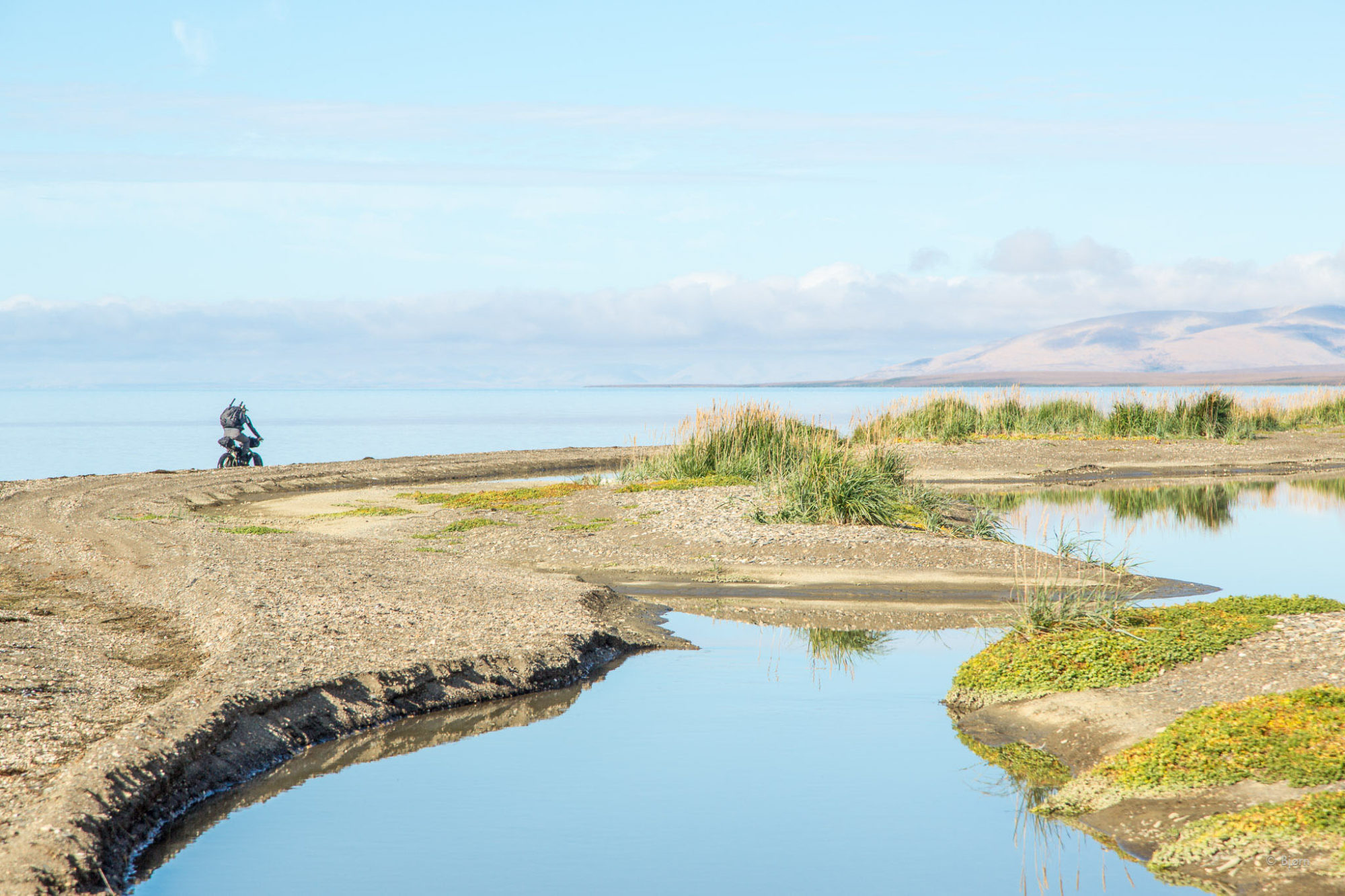
It appears parts of your route go off trail. How do you plan for these sections?
We relied on the gravel road that heads north out of Nome to get to the Kuzitrin River. Once we put in and got off the road we were in pretty raw wilderness until we reached the village of Brevig Mission. A friend of ours is a school teacher in that village so we had a place to send a resupply of food for the next stretch. I really love these wilderness bike adventurers where we don’t have to carry more than one week of food at a time. And, I love visiting remote Alaskan villages so it works out great for trip logistics to send food ahead.
It looks like you caught some fish along the way for food. Did you depend on this? How much food did you carry, otherwise?
At one point we came across an abandoned camp and found a little kid’s fishing pole with line and I brought a little bit of tackle. We did our best to catch grayling and trout but they weren’t often into buying what we were selling. We were too late in the season for salmon. Fish was not something we depended on but it was a nice treat when we did catch a couple now and again. We started out with a week’s worth of food and resupplied in Brevig Mission with another week’s worth.
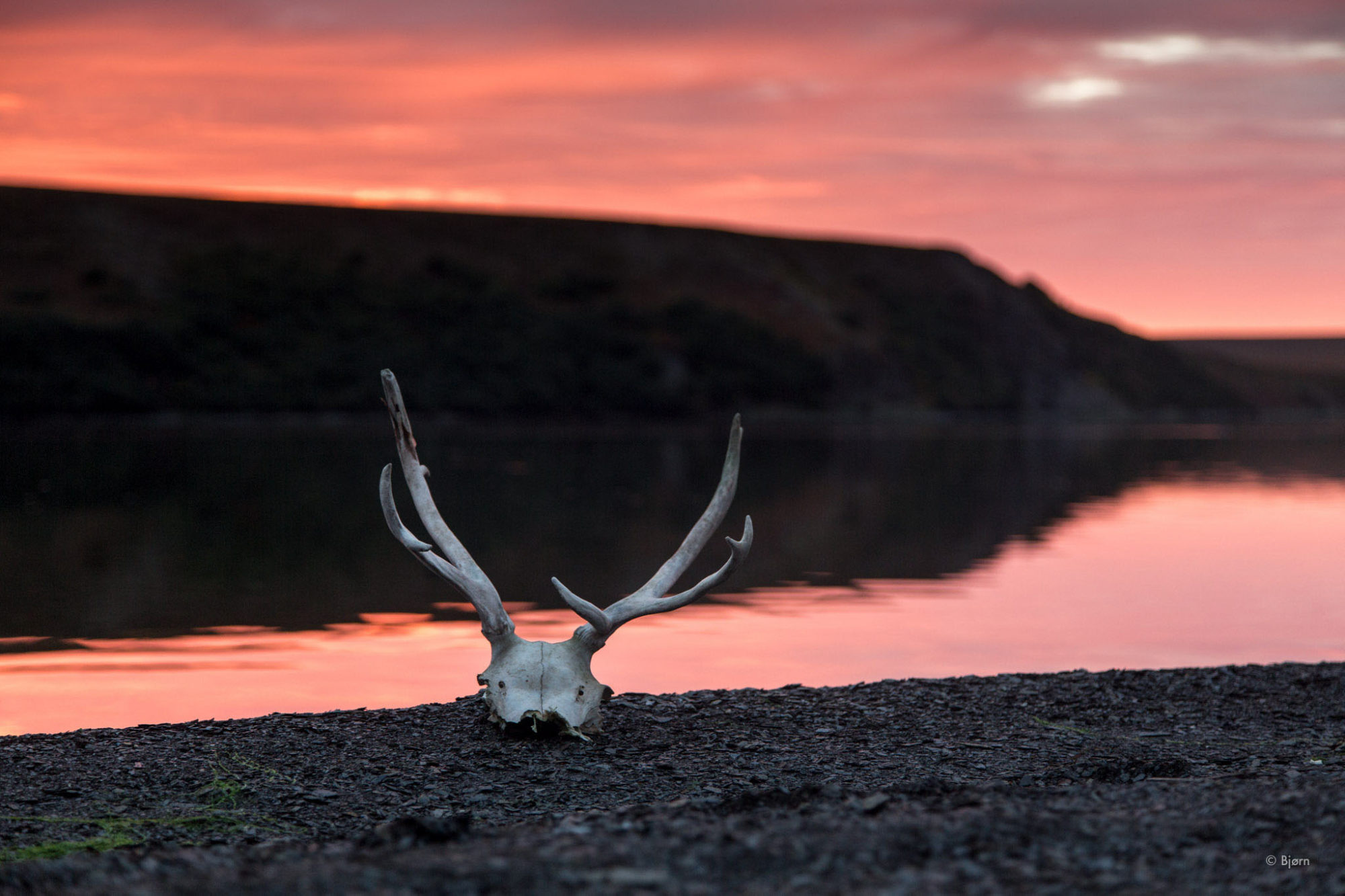
How long did this trip take, and was it what you expected? Any surprises?
I think we were out about 10 days. The biggest surprise/bummer was, again, related to climate change – last winter and again this winter, the Seward Peninsula received ungodly amounts of snow. Because the sea ice is disappearing, there is more available moisture for snow than there used to be. As a result, the Imuruk Basin was at high water level and I’d originally hoped/planned to ride the shoreline. This meant that we had to paddle and hike-a-bike over squishy tundra more than we’d hoped. Otherwise, the trip was a blast. I would go back in a heartbeat if the water levels were lower, like they should be.
Please keep the conversation civil, constructive, and inclusive, or your comment will be removed.







